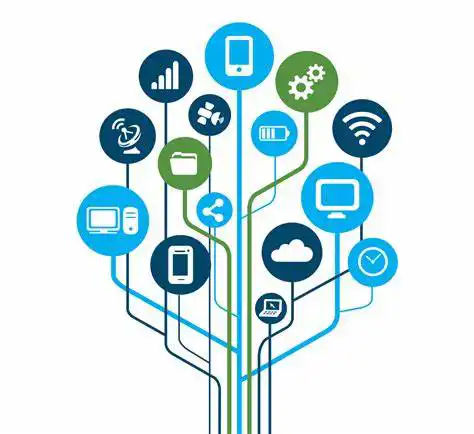The concept of office work has seen a significant shift due to the pandemic, with many companies adopting the Return-to-Office (RTO) model. However, how beneficial is this approach to both the employers and employees? A recent study has sought to answer this question, examining the impacts of RTO on the company’s value and employee morale.
The research findings are intriguing. The RTO model, contrary to common belief, does not necessarily contribute to an increase in a company's value. The return to a physical workspace after a period of remote work does not guarantee increased productivity levels or overall financial growth. In fact, it might lead to diminished enthusiasm from employees.
So, what’s the rationale behind these observations? First and foremost, the demand to revert to office work does not directly translate into enhanced work quality or operational efficiency. Even though businesses may aim for a sense of normality and routine, the abrupt adjustment requires time and can impact workforce productivity initially.

Also, there's the unignorable fact that many employees have adapted to and enjoyed the flexibility of remote work. For them, the return to office means losing the comfort of working from their desired environments. A forced migration back into the office could result in decreased job satisfaction.
The focus is often solely on the company's value, correlating the requirement to work in an office with increased productivity and profitability. However, this perspective neglects a significant aspect – the employees' happiness, which is crucial for long-term growth.
The research, therefore, suggests a need to address the collective employee mindset about the RTO model, focusing on methods to maintain morale. A supportive transitional process or the incorporation of a hybrid model could be potential solutions. Employee input and comfort should be a driving factor in decision-making.
Another angle of this research touched upon the financial aspect. It indicated that the adoption of the RTO model did not show a substantial increase in the company's value. This poses an important question - if RTO does not boost the company's financial standing, then why forcefully implement it?
Moreover, companies should consider the costs associated with office maintenance - utilities, rent, and other overheads. An exclusively remote mode of work could provide significant savings on these fronts, contributing to a better financial position for the business.
The disruptions caused by the COVID-19 pandemic required companies to think on their feet, normalizing remote work to keep operations running. As a by-product of this change, many employees discovered the benefits of working from home. They experienced an improved work-life balance, and many reported increased productivity levels.
Many employees found they were able to perform their roles effectively, even outside traditional office settings. The spatial flexibility allowed them to achieve their work targets, maintain a healthy lifestyle, and avoid the daily commuting stress which they had to otherwise deal with.
The research indicates that companies should consider these employee sentiments instead of blindly advocating for the RTO model. Recognizing the human component in organizational success is crucial. A contented workforce will inevitably contribute to better company outputs, impacting its overall value.
It’s clear that the discussions about the future of work have evolved. When considering the best model for their teams, businesses must keep in mind not only productivity and profitability, but also employee satisfaction and well-being.
The study does not completely reject the RTO model. Certain sectors and service lines might see improved results with the return-to-office mandate. However, these are exceptions rather than a rule. The study emphasizes that a blanket approach, mandating RTO for all, might not be the wisest move.
Indeed, some roles demand physical presence due to the nature of their tasks. Market sectors such as manufacturing, healthcare, and customer service could benefit from some office-based work. Yet, these are just a few examples out of the multitude of jobs that can be efficiently executed remotely.
Additionally, the study shed light on the impact of travel time to work. Long commuting hours contribute to employee stress and dissatisfaction, negatively affecting their productivity levels. The RTO model's insistence on office attendance inadvertently reintroduces this burden, impacting employee welfare.
Hence, businesses need to reassess and balance. The one-size-fits-all approach doesn’t work, and it's time for organizations to personalize their approach according to the needs of their various teams and roles.
In conclusion, while the RTO model does not necessarily improve a company's value, it can potentially dismay and dishearten the workforce. As such, companies must be cautious and astute in the assessment and implementation of their post-pandemic work models.
This comprehensive study highlighted the need to take into account the complex interaction between managers’ decisions, employee satisfaction, and the resulting organizational outcomes. To maximize productivity and maintain high company value, businesses must consider their workforce’s comfort and preferences alongside their financial goals.